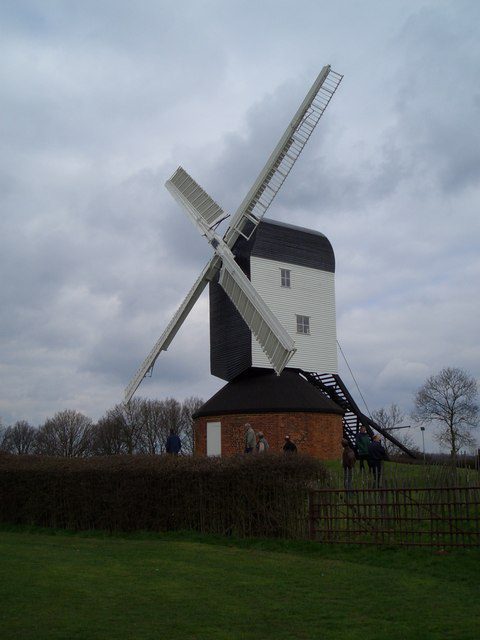Red Ale, also known as Irish Red Ale or American Amber Ale, is a beer style that captivates with its rich and malty character. With its vibrant reddish hue, balanced sweetness, and a touch of hop bitterness, Red Ale offers a delightful drinking experience that appeals to both malt enthusiasts and hop lovers. In this blog post, we will delve into the history, defining characteristics, brewing techniques, and notable examples of Red Ale, uncovering the secrets behind this flavorful and enticing beer style.
History and Origins
Red Ale has its roots in Ireland, where it was traditionally brewed as an Irish Red Ale. The style later gained popularity in the United States as American craft breweries embraced the rich malt flavours and balanced hop character of this beer. Red Ales are often associated with Irish pubs and the warm hospitality they provide. Today, Red Ales are enjoyed by beer lovers around the world, offering a taste of both tradition and innovation.
Characteristics of Red Ale
Red Ale boasts a distinctive set of characteristics that set it apart from other beer styles. Let’s explore the defining features of this flavorful brew:
Appearance
Red Ale showcases a reddish to amber hue, ranging from deep copper to a lighter, more vibrant red. The colour comes from the use of speciality malts that lend the beer its distinctive visual appeal. It often exhibits excellent clarity, allowing the hues to shine through.
Aroma
The aroma of Red Ale is a delightful blend of malt sweetness and gentle hop character. Malt-forward notes such as caramel, toffee, and toasted bread dominate, providing a rich and inviting scent. Subtle hop aromas, often displaying floral or earthy tones, complement the maltiness without overpowering it.
Flavour Profile
Red Ale’s flavour profile revolves around a harmonious balance of malt sweetness and hop bitterness. The malt backbone offers a spectrum of flavours, including caramel, biscuit, nutty, and toasted bread. The sweetness is usually moderate, providing a pleasant contrast to the hop bitterness, which can range from mild to moderate. The overall impression is a well-rounded beer with layers of malt complexity.
Mouthfeel
Red Ale typically features a medium body with a smooth and slightly creamy mouthfeel. Carbonation levels vary, but a moderate level is common. The combination of body and mouthfeel enhances the beer’s drinkability, making it enjoyable sip after sip.
Brewing Techniques
Brewing a delicious Red Ale requires careful attention to brewing techniques and ingredient selection. Here are key techniques to create an exceptional Red Ale:
Grain Bill
The grain bill for Red Ale incorporates a variety of malts to achieve the desired colour and flavour profile. Commonly used malts include Maris Otter, Munich, Crystal, and Roasted Barley. These malts contribute to the beer’s rich caramel, toffee, and toasted bread flavours A carefully balanced blend of speciality malts adds complexity and depth to the brew.
Hop Selection
Hop selection plays a supporting role in Red Ale, providing a balanced bitterness and subtle hop character. Hop varieties such as East Kent Goldings, Fuggles, Willamette, and Cascade are often used to add a touch of earthy, floral, or even citrusy notes. The hop additions are typically moderate to complement the malt profile without dominating the flavour.
Yeast Choice
The yeast selection for Red Ale depends on the desired flavour profile. English ale yeast strains, such as Wyeast 1968 or White Labs WLP002, are commonly used for Irish Red Ales, contributing to the beer’s fruity esters and enhancing malt character. American ale yeast strains, such as California Ale yeast (WLP001), can be employed for American-style Red Ales, providing a clean fermentation profile and allowing the malt and hop flavours to shine.
Fermentation and Aging
Fermentation temperature control is crucial to achieving the desired flavour profile in Red Ale. For Irish Red Ales, fermentation temperatures around 15°C to 18°C (59°F to 64°F) promote the development of fruity esters. American-style Red Ales benefit from slightly lower fermentation temperatures around 18°C to 20°C (64°F to 68°F) to maintain a cleaner yeast profile. After fermentation, some Red Ales may undergo a period of cold conditioning, or lagering, to further refine the flavours and enhance clarity.
Food Pairing
Red Ales’ malt-forward and balanced nature make them versatile when it
comes to food pairings. Here are some suggested pairings to enhance your Red Ale enjoyment:
- Grilled burgers or sausages: The malt sweetness and gentle hop bitterness of Red Ales complement the savoury flavours of grilled burgers or sausages, creating a harmonious pairing.
- Roasted meats: Red Ales’ caramel and toffee notes pair well with roasted meats, such as roast beef, pork loin, or roasted chicken. The beer’s malt profile enhances the richness and depth of flavours in the meat.
- Aged cheddar or Gouda cheese: The slight sweetness and toasted bread flavours of Red Ales complement the creamy and nutty notes of aged cheddar or Gouda cheese, resulting in a delightful combination of flavours.
Conclusion
Red Ale offers a rich and malty journey of flavour, enticing beer enthusiasts with its vibrant appearance, balanced sweetness, and drinkability. Whether you’re sipping on the classic Smithwick’s Irish Red Ale, exploring the American craftsmanship of Fat Tire Amber Ale, or indulging in the robustness of Red Seal Ale, Red Ales provides a satisfying and flavorful beer experience. Raise a glass, savour the malt complexity, and enjoy the delightful richness of this beloved beer style. Cheers!






